The Biggest Changes 'It' Makes From Stephen King's Classic Novel
It is set to terrify audiences everywhere this weekend as the latest Stephen King adaptation hits theaters today. It's a surprisingly excellent studio horror film, filled with thrills and chills and constructed with care. It is the story of a group of kids who dub themselves The Losers' Club – a group of social misfits and outcasts drawn together by friendship and a mission: to stop the evil force plaguing their small New England town of Derry, Maine. That evil has manifested itself in the form of a shapeshifting clown, Pennywise, a creature that feeds on children and flourishes through the indifference of adults. Director Andy Muschietti and his team really put a lot of thought and care into the film, bringing King's 1,138-page novel to vibrant life in the process.That's not to say It is an entirely faithful adaptation of King's book. Screenwriters Chase Palmer & Cary Fukunaga and Gary Dauberman have taken King's prose and altered it significantly to create this film, and we're going to examine some of the biggest differences. But first it's worth noting that while It may not be 100% faithful to King's novel, it does stay faithful to the spirit of the book – the heart and soul, if you will. It's as great an adaptation of a King work as one can hope to get. But now let's examine some of the key differences.Spoilers follow, of course.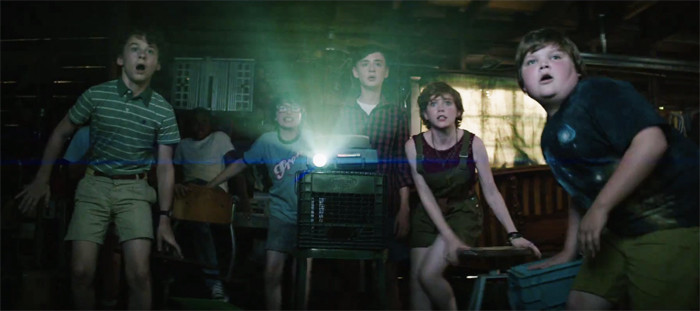
Time Period
King's novel covers a variety of time periods, at one point even going back to 3.3 million years ago. But the two main time periods that take up the bulk of the book are 1958 and and 1984. Muschietti's film, in contrast, is set firmly in 1989. This enables It to fit in some pretty killer '80s-themed humor, including a running New Kids on the Block joke that gets funnier the longer it goes on. The time period change is the result of updating the story: King's novel has the Losers' Club as kids in the late 1950s and adults in the late 1980s, but Muschietti and company have shifted this timeline a bit to have the Losers be children in the '80s. Which brings us to the next key difference between book and film.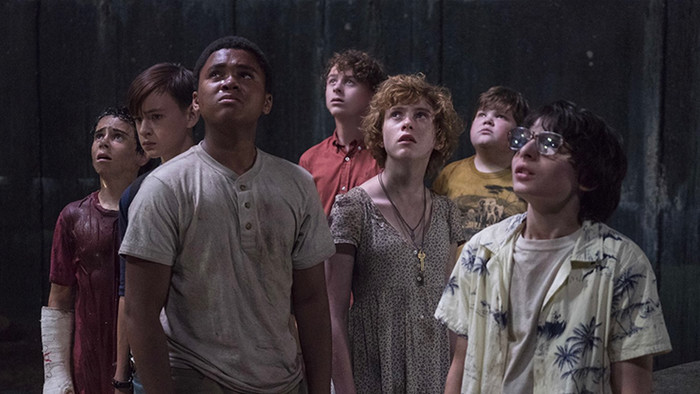
One Storyline Instead of Two
King's novel features two concurrent storylines – the Losers as kids fighting It for the first time and the Losers as adults, returning home to finish off It once and for all. Rather than split these two distinct sections apart, King has them intermingle throughout the novel, similar to The Godfather Part II, which keeps jumping from past to present and then back again. The 2017 It takes an approach like the one used for the two-part 1990 miniseries adaptation of the book: this part is devoted to the kids, and the planned sequel will focus on the adults. There's a key difference, though: the miniseries actually opens with the Losers as adults, then flashbacks to their childhood for the rest of the first installment. The 2017 It starts right when the Losers are kids – we won't get to glimpse them as adults until the sequel. This works fine in the film as presented, but the intermingled timelines was a big part of King's novel, particularly the representation of how the present keeps mirroring the past, as if the characters are stuck in an endless cycle that they must destroy once and for all or be doomed for eternity.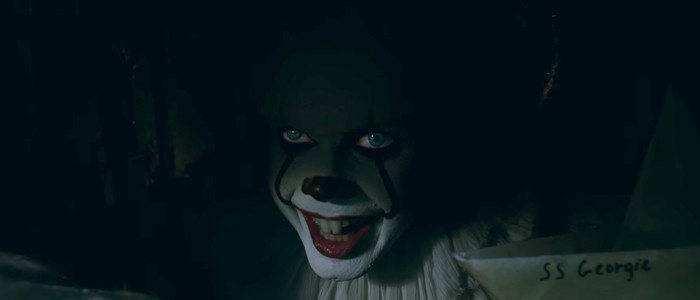
Georgie’s Death and Pennywise’s First Appearance
In both the novel and the film, there's a pattern to Pennywise's murderous cycle. Pennywise, aka It, usually sleeps for 27 years, then awakens for a period of feeding. Whenever It awakens, it kicks off its cycle with one particularly gruesome act. In both book and film, that act during the period when the Losers are children is the murder of Georgie Denbrough, brother of Bill Denbrough, the leader of the Losers Club. In many ways, the death of Georgie is very similar to the source material: during a rainy day, Georgie goes outside to sail a paper boat (made by Bill) through the flooded streets and gutters. The boat vanishes into a sewer grate, where it is "rescued" by Pennywise the Clown.Here, the film begins to veer off slightly from the book. While the sight of a clown hanging out in a sewer is no doubt creepy, in the book, Georgie isn't instantly creeped-out as much as he is surprised. The clown in King's book seems almost friendly at first, as evident from this passage: "The clown held a bunch of balloons, all colors, like gorgeous ripe fruit in one hand. In the other he held George's newspaper boat. 'Want your boat, Georgie?' The clown smiled. Georgie smiled back. He couldn't help it; it was the kind of smile you just had to answer." In the film, however, Pennywise, as played by Bill Skarsgård, is instantly creepy. Skarsgård's approach to the character is much different from both the book and how the same character was portrayed by Tim Curry in the miniseries. Skarsgård plays Pennywise as inherently inhuman, with an utterly bizarre voice that keeps fluctuating in pitch and tone, as if he has no control over how his voice sounds.Pennywise proceeds to murder Georgie, and the scene is brutal and scary, just like the novel. But then comes the biggest disimilarity: Pennywise yanks Georgie into the sewer with him, and Georgie effectively vanishes. This serves as a catalyst for the film's version of Bill, who still holds out hope that Georgie is alive somewhere, since his little brother's body was never found. In the book, however, Georgie's body is found, and Bill is firmly aware that his brother is dead.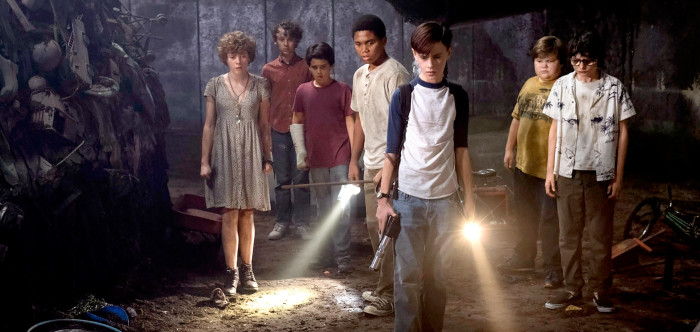
The Barrens
In King's book, the Losers primarily play together in a spot dubbed the Barrens, a woodland area near the middle of town. This secluded, underdeveloped place is a refuge for a group of kids who feel shunned by society and who frequently need to hide from bullies. The Barrens do appear in the film, but they don't receive the same prominence. For one thing, the Losers don't actively hang out in the Barrens on their own. Instead, Bill believes that if Georgie is somehow alive, he might be hiding somewhere in the Barrens, specifically in the sewer pipes that empty out there. This is a bit of a strange detail, as if the filmmakers thought that just having the kids actively hang out in the area wasn't good enough and needed to provide them with a motivation.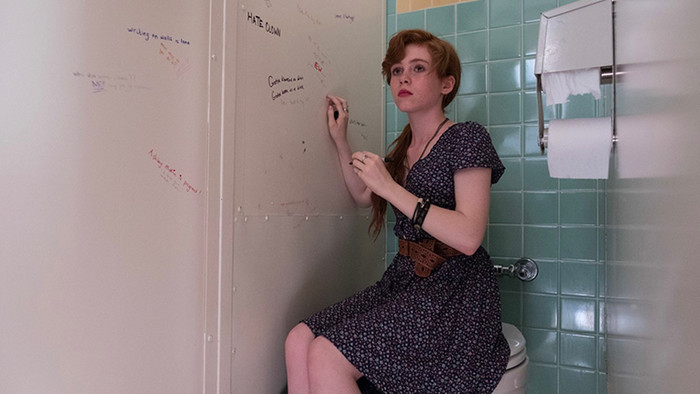
The Losers
It 2017 almost perfectly translates the Losers from page to screen. The roles are all cast perfectly, with Jack Dylan Grazer, as hypochondriac Eddie, and Sophia Lillis, as Bev, the lone girl in the club, as standouts in particular. Best of all, the Losers seem like actual friends in the film, not a bunch of actors playing parts. Their interaction comes across as genuine, and they also ring true to the book. However there are a few differences, some minor, some major.In the book, Mike is the de facto historian of the Losers Club. He uses his father's scrapbook to piece together a history of Derry and Pennywise's seemingly eternal presence in the town. In the 2017 film, however, Ben is the member of the club who does this.In the film, there's a moment where, after having confronted Pennywise and nearly been killed by him at the House on Neibolt Street, Richie (Finn Wolfhard) turns on Bill (Jaeden Lieberher) and demands the Losers stop trying to fight It. Nothing like this happens in the book, but adding it to the film isn't an entirely bad idea. What is a bad idea, however, is how Bill handles the moment. In the film, Bill gets so angry at Richie during this heated exchange that he actually punches Richie in the face. The Bill of the book would never do something like this – he's the leader of the club, and he does everything in his power to keep his friends safe while working had to remain cool-headed.The biggest mistake the film makes with the characterizations of the Losers, however, involves Bev. For pretty much the entire film, Bev as a character is represented perfectly – she's troubled but brave, and Lillis plays both angles exceptionally well. But for some bonehead reason, the 2017 It decides to suddenly turn her into a damsel-in-distress near the film's conclusion. This is a really, really bad move on the script's part, and should've been changed the minute someone brought it up. The Bev of the book is no helpless damsel in need of rescue, and neither is the Bev of the film for that matter – until the script suddenly decides she is, for no good reason.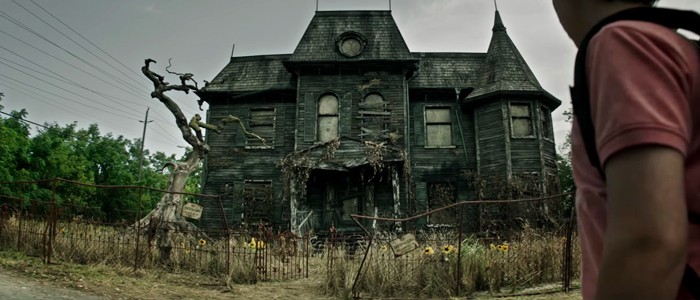
The Adults
Muschietti's film does a good job dealing with how the adults of Derry are completely oblivious to the fact that Pennywise stalks their streets. A big theme of King's novel is how children, innocent of the world at large, are the only ones who can truly see through It's guises while adults, weighed down by their responsibilities, remain ignorant. The adults of Derry are also morally compromised, more prone to abuse and hatred than "normal" towns, because Derry itself is a cursed town. The 2017 It conveys this well, but also ignores some key adult-based moments from the book.A running plotline in the book involves how cold and distant Bill's parents have become following Georgie's death. The film only briefly touches on this in a scene between Bill and his father, but doesn't delve into it more.Another element of the book that didn't make it into the film involves Mike's parents. Mike's father in particular plays a large part in the book, but the character is dead by the time It 2017 starts, with Mike being raised by his grandfather. Mike's father is a farmer in the book, whereas his grandfather is a butcher in the film.Henry Bowers (Nicholas Hamilton), the sociopathic bully who torments the Losers Club, has a troubled relationship with his father in the book. There, Bowers' father, Butch, is another farmer who has a long-running racist hatred for Mike's family. Butch is abusive towards Henry, and is also said to be insane several times in the book, having suffered some sort of PTSD during World War II. In the film, Butch (as played by Stuart Hughes), is an officer of the Derry Police Department. Butch's abusive nature is glimpsed only briefly near the film's conclusion.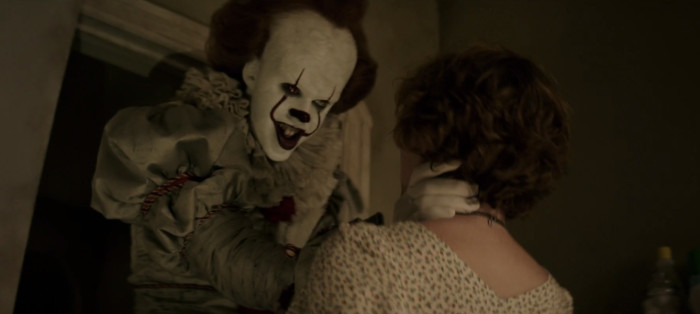
The Monster Manifestations of It
King's novel turns Pennywise into the Monster of 1000 Faces – a shape-shifting creature that doesn't just appear as a clown, but also takes on the shape of things that can easily scare its child victims. The film explores this as well, although the shapes It takes there are much different from the book.
The book has It appear frequently as movie monsters, including the Creature from the Black Lagoon, the Werewolf from I Was a Teenage Werewolf, the Mummy and the Frankenstein Monster. At one point in the novel, It even appears swimming in the canal in the form of the shark from Jaws. The film doesn't use this movie monster approach. "In the book, they're children in the '50s, so the incarnations of the monsters are mainly from movies, so it's Wolf Man, the Mummy, Frankenstein, Dracula," Muschetti said. "I had a different approach. I wanted to bring out deeper fears, based not only on movie monsters but on childhood traumas."Some of the manifestations of It in the 2017 film include a headless boy and a creepy painting come to life, but for the most part it's just good old Pennywise. Although some of the book manifestations do make it into the film, including a grotesque lepper that chases Eddie.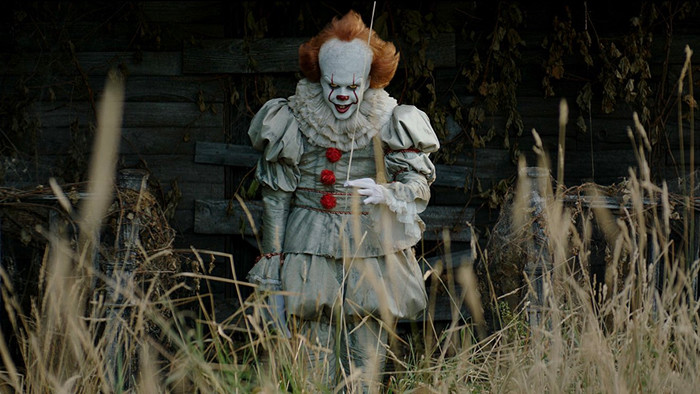
Its Final Form
The final form that It takes at the end of King's novel is that of a giant terrifying spider. Sort of. "It was perhaps fifteen feet high and as black as a moonless night. Each of Its legs was as thick as a muscle-builder's thigh. Its eyes were bright malevolent rubies, bulging from sockets filled with some dripping chromium-colored fluid. Its jagged mandibles opened and closed, opened and closed, dripping ribbons of foam," King writes. But King's book also makes it clear that the creature isn't really a spider, but rather that's the closest the human mind can come to seeing: "No...not a Spider either, not really, but this shape isn't one It picked out of our minds; it's just the closest our minds can come to...whatever It really is."Arachnophobes need not worry – there's no giant spider in the film. Instead, It remains mostly as Pennywise in the film's final confrontation. 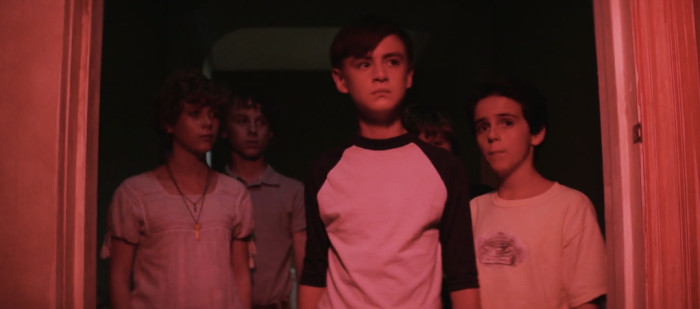
Racial Elements
There's a lot of racism in King's book. There are also a lot of racist "jokes" which may have seemed fine when the book was published in 1986 but now come across as embarrassingly tone deaf. The brunt of the racism is aimed at Mike and his family, who are one of the only black families in Derry, and the majority of it comes from the bully Henry Bowers.
The 2017 movie removes this element completely. While Mike is still bullied by Henry Bowers and his gang, racism doesn't play an outward part in the bullying. And the film chooses to explore Mike's outcast nature not through the color of his skin, but rather by making him a homeschool kid.While the racist elements may have been difficult and unpleasant to transfer to film, the TV miniseries didn't shy away from them, and for the 2017 film to ignore them completely seems particularly puzzling, especially in a film that doesn't resist presenting other unpleasant moments.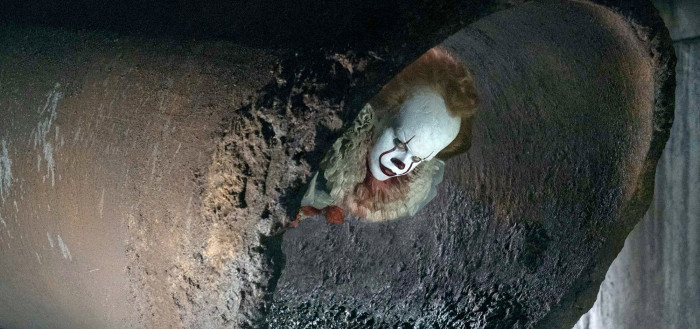
No Sewer Sex
This is a no-brainer, of course. No film adaptation could, or should, translate one particularly wrongheaded moment from King's book. In the novel, when the kids defeat It for the first time, they get lost in the sewers beneath the city. For some truly bizarre reason, King thought the best way for the kids to find their way again was to have them all take turns having sex with Bev.Yes, it's really, really, really stupid. And wrong. And bad. And icky. King attempted to explain himself years later, saying, "I wasn't really thinking of the sexual aspect of it. The book dealt with childhood and adulthood – 1958 and Grown Ups. The grown ups don't remember their childhood. None of us remember what we did as children – we think we do, but we don't remember it as it really happened. Intuitively, the Losers knew they had to be together again. The sexual act connected childhood and adulthood. Times have changed since I wrote that scene and there is now more sensitivity to those issues."Yes, times have changed, but I'm going to go out on a limb and say that even in 1986, when the book was published, this was still a really bad idea. Thankfully, the film completely ignores this scene, as should we all.
